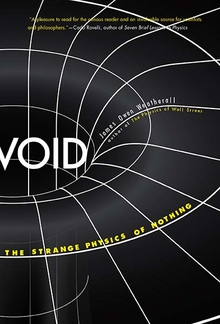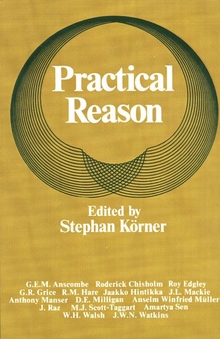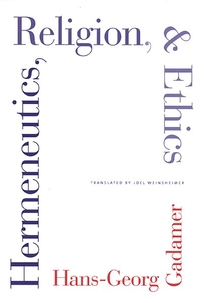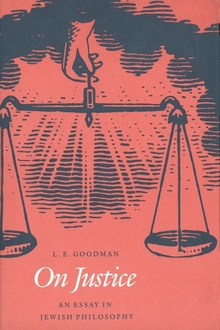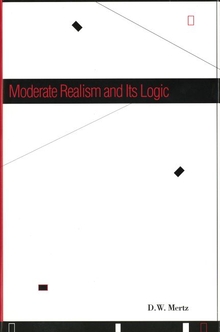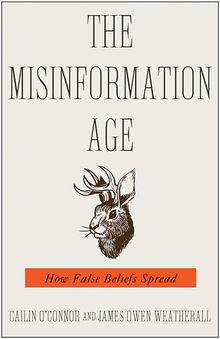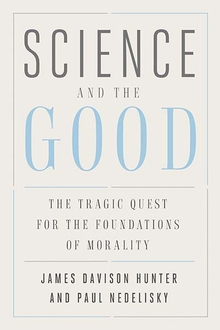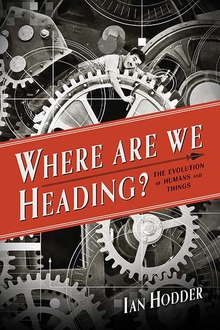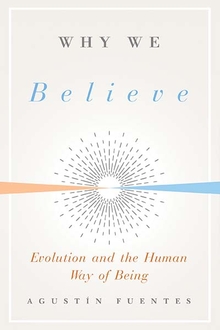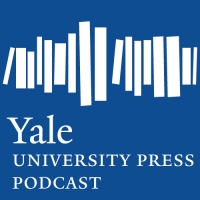Void
WARNING
You are viewing an older version of the Yalebooks website. Please visit out new website with more updated information and a better user experience: https://www.yalebooks.com
The Strange Physics of Nothing
James Owen Weatherall
The rising star author of The Physics of Wall Street explores why “nothing” may hold the key to the next era of theoretical physics
James Owen Weatherall’s previous book, The Physics of Wall Street, was a New York Times best-seller and named one of Physics Today’s five most intriguing books of 2013. In his newest volume, he takes on a fundamental concept of modern physics: nothing. The physics of stuff—protons, neutrons, electrons, and even quarks and gluons—is at least somewhat familiar to most of us. But what about the physics of nothing? Isaac Newton thought of empty space as nothingness extended in all directions, a kind of theater in which physics could unfold. But both quantum theory and relativity tell us that Newton’s picture can’t be right. Nothing, it turns out, is an awful lot like something, with a structure and properties every bit as complex and mysterious as matter. In his signature lively prose, Weatherall explores the very nature of empty space—and solidifies his reputation as a science writer to watch.
James Owen Weatherall’s previous book, The Physics of Wall Street, was a New York Times best-seller and named one of Physics Today’s five most intriguing books of 2013. In his newest volume, he takes on a fundamental concept of modern physics: nothing. The physics of stuff—protons, neutrons, electrons, and even quarks and gluons—is at least somewhat familiar to most of us. But what about the physics of nothing? Isaac Newton thought of empty space as nothingness extended in all directions, a kind of theater in which physics could unfold. But both quantum theory and relativity tell us that Newton’s picture can’t be right. Nothing, it turns out, is an awful lot like something, with a structure and properties every bit as complex and mysterious as matter. In his signature lively prose, Weatherall explores the very nature of empty space—and solidifies his reputation as a science writer to watch.
James Owen Weatherall is professor of logic and philosophy of science at the University of California, Irvine. He lives in Irvine, CA.
"Readers get a dose of biography while following such figures as Einstein, Dirac, and Newton to see how top theories about the void have been discovered, developed, and debunked. Weatherall’s clear language and skillful organization adroitly combines history and physics to show readers just how much 'nothing really matters.'"—Publishers Weekly
"A pleasure to read for the curious reader and an invaluable source for scientists and philosophers."—Carlo Rovelli, author of Seven Brief Lessons in Physics
"Weatherall deftly explains all you wanted to know about nothingness—a.k.a. the quantum vacuum—but were afraid to ask in a very accessible, comprehensible and clear manner."—Priyamvada Natarajan, theoretical astrophysicist and author of Mapping the Heavens
"In this brief, elegant book, James Weatherall shows just how rich nothing has become in the physics since the seventeenth century. Here you will find a concise inquiry into the meaning of absolute space, the surprising existence of gravity waves, and the fluctuating, even polarizable spacetime vacuum of modern particle physics. An enjoyable read, set into historical vignettes, with a fine, no-jargon stress on philosophical significance."—Peter Galison, Joseph Pellegrino University Professor, Harvard University
"Science progresses, but the words we use to talk about the world—and phrases like 'empty space'—often stay the same. James Owen Weatherall tells the fascinating story of how our conception of nothingness has changed over the centuries, culminating with its central position in modern field theory and quantum gravity."—Sean Carroll, author of The Big Picture: On the Origins of Life, Meaning, and the Universe Itself
"Physicists have done it again. They’ve taken a totally straightforward idea—nothingness—and blown it completely apart. Empty space is full. Absence has structure. Jim Weatherall elegantly describes how our human categories just can’t capture the richness of the natural world."—George Musser, author of Spooky Action at a Distance and The Complete Idiot’s Guide to String Theory
"The scholarship is excellent . . . useful, educational, and entertaining."—Matthew Stanley, New York University
"An engaging and interesting account."—Economist
"Against the plethora of popular writers who cast science as a series of incomprehensible wonders, Mr. Weatherall stands out by combining philosophical sophistication with an admirable ability to explain difficult concepts in plain, direct terms without oversimplifying. He presents cogent arguments, not just surprising results. Above all, he is aware of the importance of deep questions, which remain urgent and consequential even in the aftermath of powerful theories or explanations. . . . Mr. Weatherall offers his readers real food for thought, including excellent notes for those who want to go further into these questions."—Peter Pesic, Wall Street Journal
Included on the 2017 Best Book List by the American Association for the Advancement of Science (AAAS)
Included on the 2017 Best Book List by the American Association for the Advancement of Science (AAAS)
ISBN: 9780300230734
Publication Date: September 19, 2017
Publication Date: September 19, 2017
224 pages, 5 1/2 x 8 1/4

